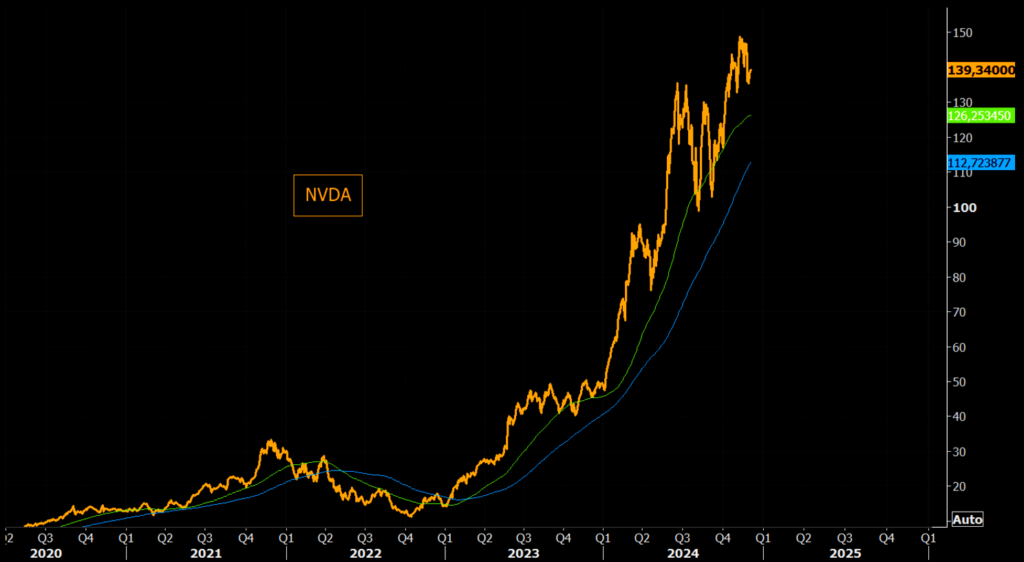Fred Hickey, an experienced investor, reflects on his 25-year history with Nvidia (NVDA) and outlines the dramatic fluctuations in the company’s stock value. Over this quarter-century, he has observed five significant crashes, each resulting in a decline of 55% to 90%. Hickey’s strategy during these downturns has involved trading put options to hedge against the volatility he consistently anticipates. His prediction regarding an impending sixth crash shows his deep-seated concerns about Nvidia’s future performance and market dynamics.
In the wake of Nvidia’s latest earnings report, Hickey has adjusted his trading approach by increasing his position size in long-term put options. This tactical shift underscores his belief that the company’s stock is poised for another major decline, driven by factors such as speculation, market saturation, and shifting investor sentiment. Hickey views these periods of stock collapse not only as potential trading opportunities but also as moments revealing fundamental market weaknesses.
Throughout his observations, Hickey emphasizes the cyclical nature of technology investing, particularly in high-flying companies like Nvidia. He notes that excessive enthusiasm and speculative trading often lead to inflated stock prices, which can ultimately trigger significant corrections. His previous experiences with NVDA have shaped his analytical framework, prompting him to recognize the signs of an impending bubble that, based on historical trends, is likely to burst.
The implications of these stock crashes extend to broader market dynamics, as Nvidia plays a pivotal role in the technological landscape, particularly concerning graphics processing units (GPUs), artificial intelligence (AI), and gaming. Hickey highlights the interplay between market demand and supply, suggesting that Nvidia’s rapid growth may face challenges from competitors and changing technological needs. As the enthusiasm for AI and tech stocks fluctuates, the potential for decline looms larger in Hickey’s analysis.
As he navigates the current landscape, Hickey remains vigilant about market signals and reflects on his experiences to inform his trading strategies. His perspective illustrates the importance of caution in the face of systemic risks associated with technology investments, advising others to stay alert to market trends and the signs of a downturn. By sharing his insights, Hickey offers a nuanced understanding of the volatility inherent in high-growth stocks like Nvidia.
In conclusion, the pattern of repeated stock collapses that Hickey has observed is a cautionary tale for investors. His long-term experience positions him as a knowledgeable figure in navigating the complexities of the market. As he anticipates the next significant downturn for NVDA, his insights into the cyclical nature of technology stocks and the implications of market behavior serve as both a warning and a guide for investors seeking to manage risk effectively.

